The Role of Senior Citizens Throughout History
How has the role of senior citizens changed and what are the new challenges faced by an ever-aging society?
Written by Stannah

The Role of Senior Citizens throughout History
“The challenge today is to build a world that is just as responsive to the needs of very old people as to the very young.”
Laura L. Carstensen
Ph.D. is a Professor of Psychology and the founding director of the Stanford Centre on Longevity
Both in western and eastern societies, the percentage of senior citizens is rising rapidly. But we aren’t conditioned for 25 or even 30 years of leisure. This poses a challenge to our current societal structure and how we adapt will affect the role of senior citizens now and for years to come.
How to occupy your time after retirement is one side of the issue, but there are other concerns as well. You may have heard stories in the media about how seniors are going to bankrupt the health care system or how the pension system will collapse under the burden of an aging population.
While these scenarios sound daunting, we must work on developing a more positive outlook. With that in mind, we came across the rearch of Laura Carstensen, an expert on aging. Carstensen states that we are approaching an opportunity for social and scientific improvements, for rebuilding the environment for an aging population and also a chacne to rethink the roles senior citizens play in society. In her own words:
“If you have a large population of emotionally stable, knowledgeable and relatively healthy old people, that’s a good resource.”
To better understand how the role of senior citizens in our society can change for the better, it is also important to understand where we come from and where we want to be. So, let’s explore some of the various roles the elderly have played throughout history and perhaps gain a better sense of the path towards an age-inclusive society.
- What is a senior citizen?
- How has the role of senior citizens changed throughout history?
- What role do older adults play in society today?
- Are we on a path towards an age-inclusive society?
What is a Senior Citizen?
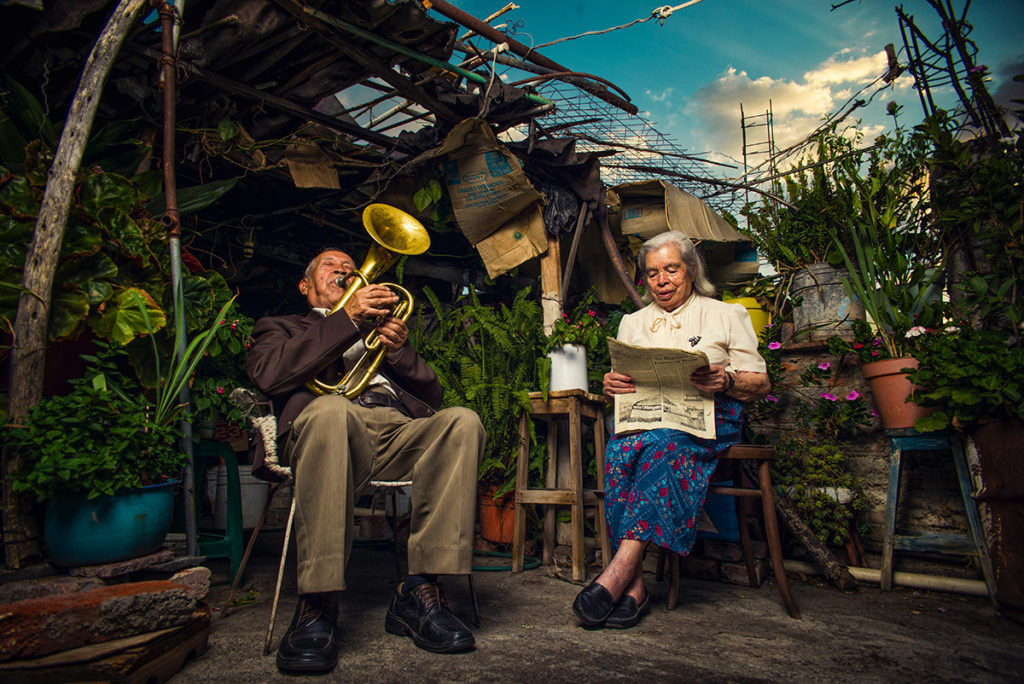 Photo by Cristian Newman, Yuriria, Mexico
Photo by Cristian Newman, Yuriria, Mexico
Human beings have a tendency to sort people into categories. In fact, we’ve been categorizing people since the dawn of civilization.
So, when someone reaches the age of 65, he/she will be categorized as a senior citizen, even if that person does not recognize himself or herself as being old or senior. This happens for utilitarian reasons, thus it is merely a social construct rather than a definite biological stage.
Besides, the chronological age indicated by “old age” can vary both culturally and historically. Unfourtunately, there’s always a stigma associated with “old people” and “old age,” and that is why diverse cultures around the world feel the need to find euphemisms, such as:
- Seniors (American usage)
- Senior citizens (British and American usage)
- Older adults (in the social sciences)
- The elderly, and elders (in many cultures — including the cultures of aboriginal people)
- The autumn of life
- The evening of life
- The winter of life
- The Golden age
Some of these terms can come off as patronizing, and many people don’t like to be categorized as elderly or seniors at all. Instead, they’d rather just be called “old” and face the fact they’re not as young as they once were. Others, see the term “old” as something coated with negative connotations and refuse that type of categorization. Either way, it’s a sensitive matter.
How Has the Role of Senior Citizens Changed Throughout History?
“Genetically speaking, we are no smarter or heartier than our relatives were 10,000 years ago. Nonetheless, in practical terms, we are more biologically fit than our great-grandparents.”Laura L. Carstensen
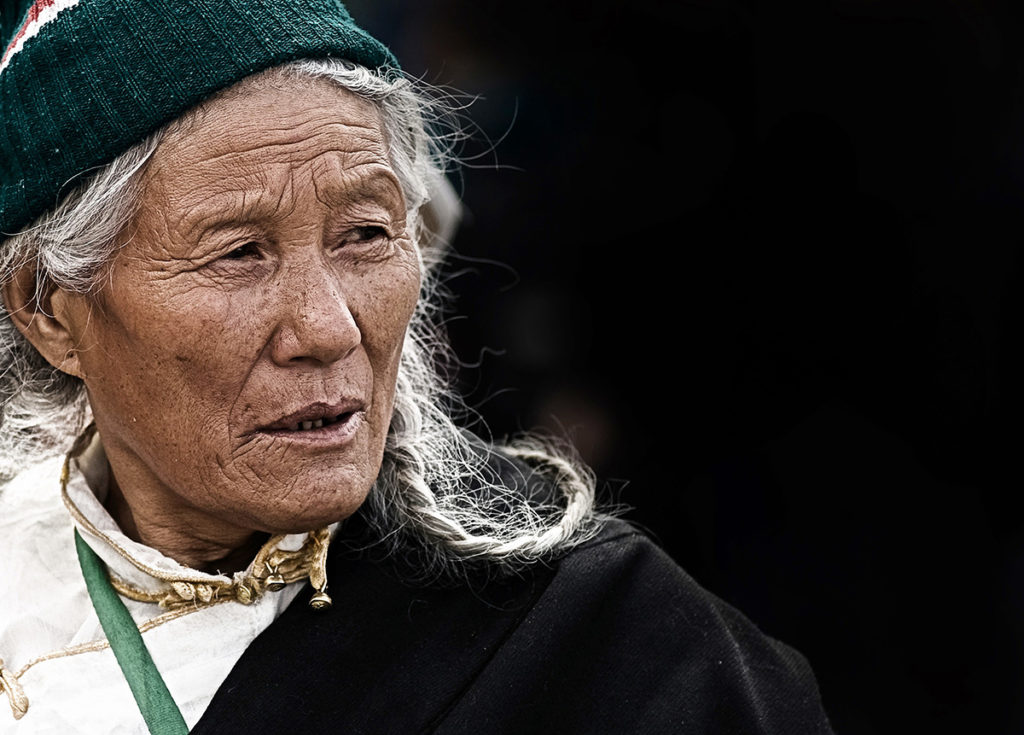 Unknown (Pexels)
Unknown (Pexels)
Where do we come from? And how has the role of senior citizens changed throughout history? From a historical perspective, there are surprising and often sad facts about old age. From a biological stand point, before the 20th century, life expectancy rates were often below 60 years. So, nobody expected the type of longevity that we’re seeing today. From a sociological point of view, there has always been some ambiguity about old age. Old age could either be seen as a source of wisdom and prestige, but also as a stage of decrepitude and a source of suffering.
Ancient times
Although some strong and healthy people could reach the age of 70, most of them died before their 50s. Those who lived into their 40s were treated with respect, while those who were weak were considered a burden, ignored and even killed. In ancient times, the category “old” was applied not according to age, but to the loss of ability to perform useful tasks.
Classical Greek and Roman cultures
Old age was seen as a stage of decline and decrepitude, while beauty, strength and youth were valued above all.
The Athenians, in the time of Aristotle, did not like old people and would often rebel against them.
Medieval and Renaissance periods
Neither of these eras proved to be the “golden age of aging” and there was often an antagonist approach toward the aged. Old age was often depicted as a cruel or weak stage of life. They could be “respected or despised, honored or put to death” according to circumstance.
However, some of the 16th-century Utopians, like Thomas More and Antonio de Guevara, started to envision a world where old people could choose between living in decrepitude or choose to die with dignity. At this point, living more than 65 years old was a very rare achievement.
Eastern thought: Confucianism
In Eastern thought, and with the influence of Confucianism, we see a more collectivistic approach; where the value on family, the elderly and traditional age hierarchies, may seem more important.
Mediterranean and Latin culture
Due to many improvements throughout the centuries, life expectancy is now approximately 79 years old for men and 83 years old for women. But in modern Western cultures, the cultural status of seniors has declined. As they live longer, the elderly often find themselves displaced due to financial constraints or an inability to live independently. Many are forced to move to retirement communities, assisted living facilities and nursing homes. Some even describe this phenomenon as “ageism”. Georges Minois states that “always and everywhere youth has been preferred to old age”. In fact, modern Western culture is very much known for the individualistic focuses on “youth, self-reliance, and individualism”.
As a result, in 2011, the United Nations proposed a human rights convention that would specifically protect older persons. The fact is that many family dynamics have changed dramatically, with more grandparents than children.
As Laura Carstensen puts it, “that pyramid that has always represented the distribution of age in the population, with many young one at the bottom, with a tiny pick of older people who made it and survived to old age, has been reshaped into a rectangle.”
Credit: Laura Carstensen Ted’s lecture at TED’s Talk:
The rectangle or cube shape means that for the first time in the history of the human species most babies born in the developed world will have the opportunity to grow old.
United Nations, World Population Prospects, medium variant forecast
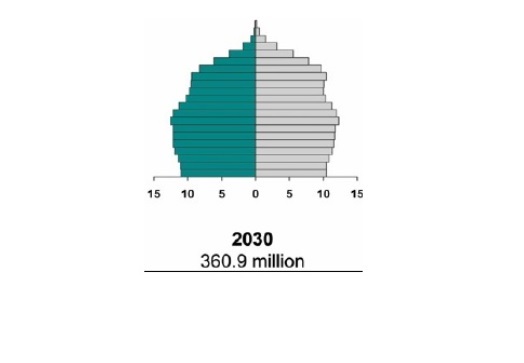
United Nations, World Population Prospects, medium variant forecast
Laura Carstensen also states that the increase in life expectancy didn’t happen because we are stronger than our ancestors, but because of culture, science and technology played a key role in improving health and well-being.
What Role Do Older Adults Play in Society Today?
“The 20th century witnessed two profound changes in regions of the world where people are well educated and science and technology flourish.”Laura L. Carstensen
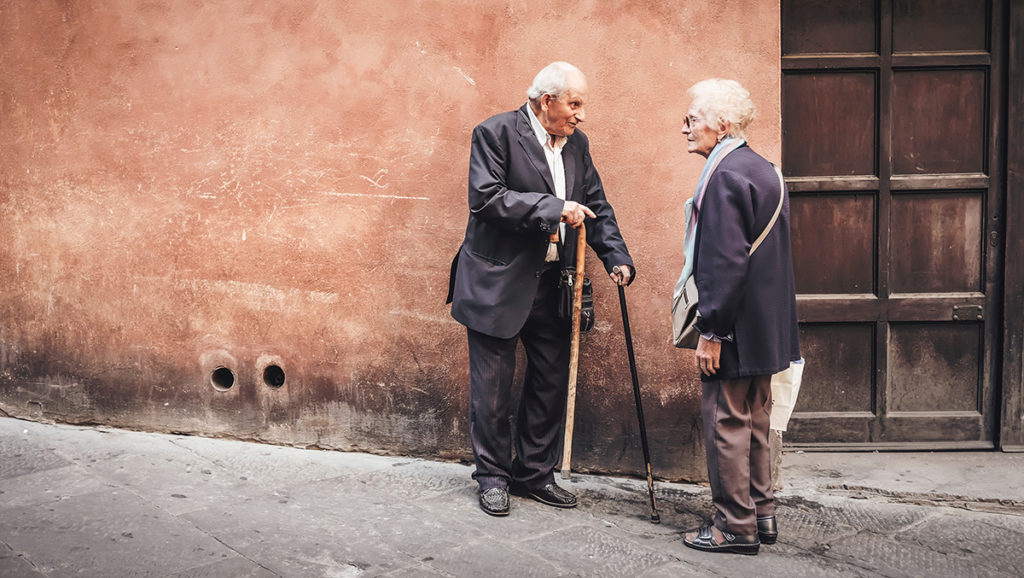 Photo by Cristina Gottardi, on Unsplash. Elderly couple at Siena, Italy
Photo by Cristina Gottardi, on Unsplash. Elderly couple at Siena, Italy
Perspectives on the elderly are ever-changing, with treatment and respect varying from culture to culture and developing throughout different eras. Both in Western and Eastern countries, some sectors of society may dismiss older people, as if they were only a list of care needs.
But their gray hairs and stiff joints do not prevent them from being the undeniable rock-solid foundation of our society. If we’re willing to listen and learn, it’s easy to see that their importance transcends babysitting grandchildren, storytelling, cooking and feeding.
Their bodies may be weaker, but they have an immense ocean of experience and wisdom that can serve as a beacon for younger generations. They also play a key role in teaching the youth cultural values and preserving traditions, as they are the guardians of a rich cultural heritage.
Fortunately, times are changing and newer generations are being raised in a different environment, one with the goal of protecting the older generations. Still, it is important to state that there are individuals from all cultural backgrounds willing to take care of their elderly parents out of love, respect and a strong sense of duty, but there is certainly a lot we can learn from one another.
Are We on a Path Towards an Age-Inclusive Society?
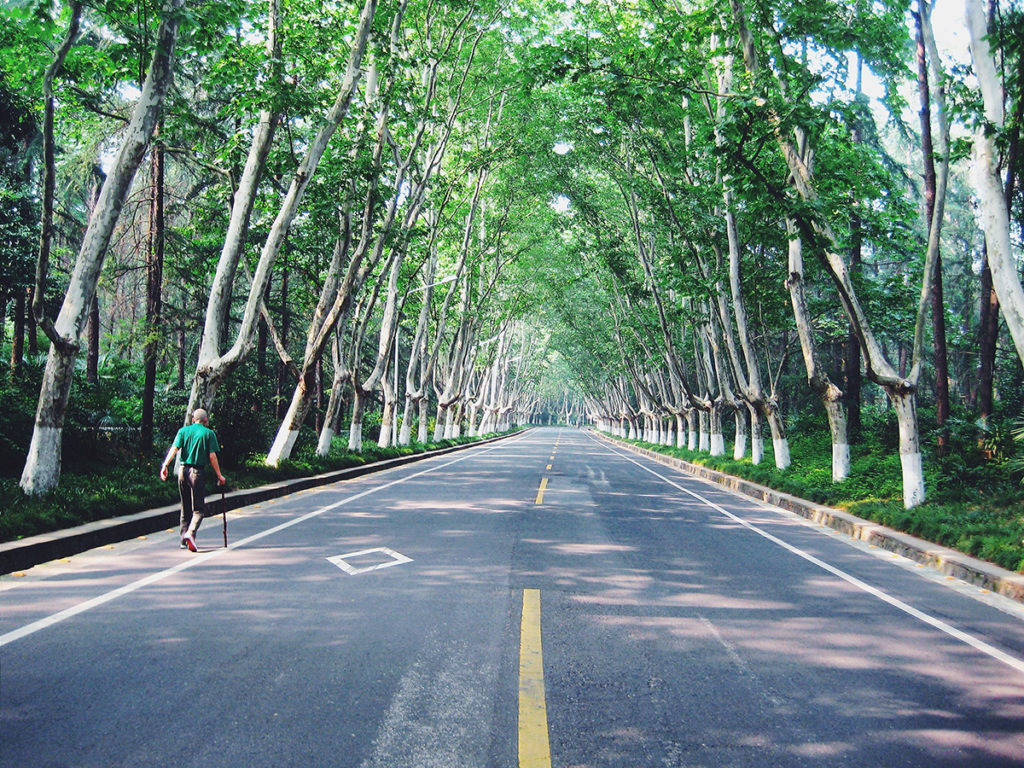 Christopher, on Unsplash
Christopher, on Unsplash
While there is still a significant number of seniors living in poverty in developed countries, according to the Guardian, in the last twenty years, there’s has been a great effort towards reducing pensioner poverty.
Rather than focusing on a daunting vision of the impact of an aging population, it would help if we took a more balanced approach towards the implementation of new policy solutions that would address the real challenges, such as:
- How can we ensure that older adults receive the support they need to adapt their houses to age in place for as long as they can?
- How can we ensure that the ones who take care of older adults get the support and training they need?
- How do we provide supports in communities to make them as age-friendly as possible, and allow seniors to continue their contribution to society while having the best quality of life?
There are examples of policies around the world that are meant to improve senior citizens inclusion in an ever-changing and fast paced society. Making the environment senior friendly and more accessible should be a concern of every government, especially when it comes to providing safe environments for walking, cycling and taking public transportation.
For instance, in Singapore, elders have a card they can swipe at road crossings to make the traffic light changes slow down, so they have enough time to cross the street (source: The Guardian).
We also believe that this concern should be extended to senior homes, by providing the necessary support for mobility adaptations, ensuring elders can age in place while having an age-friendly community around them.
Today, seniors are able to participate in society more actively and contribute intellectually at an advanced age. But there is still work to be done. Hopefully, we can continue to progress towards becoming a society with a greater appreciation and respect for the intelligence of our senior citizens, just like the elders in Japan and Aboriginal Australia have been revered for their wisdom for millennia. We should never doubt the contributions of our senior citizens, not as a group, not individually.
